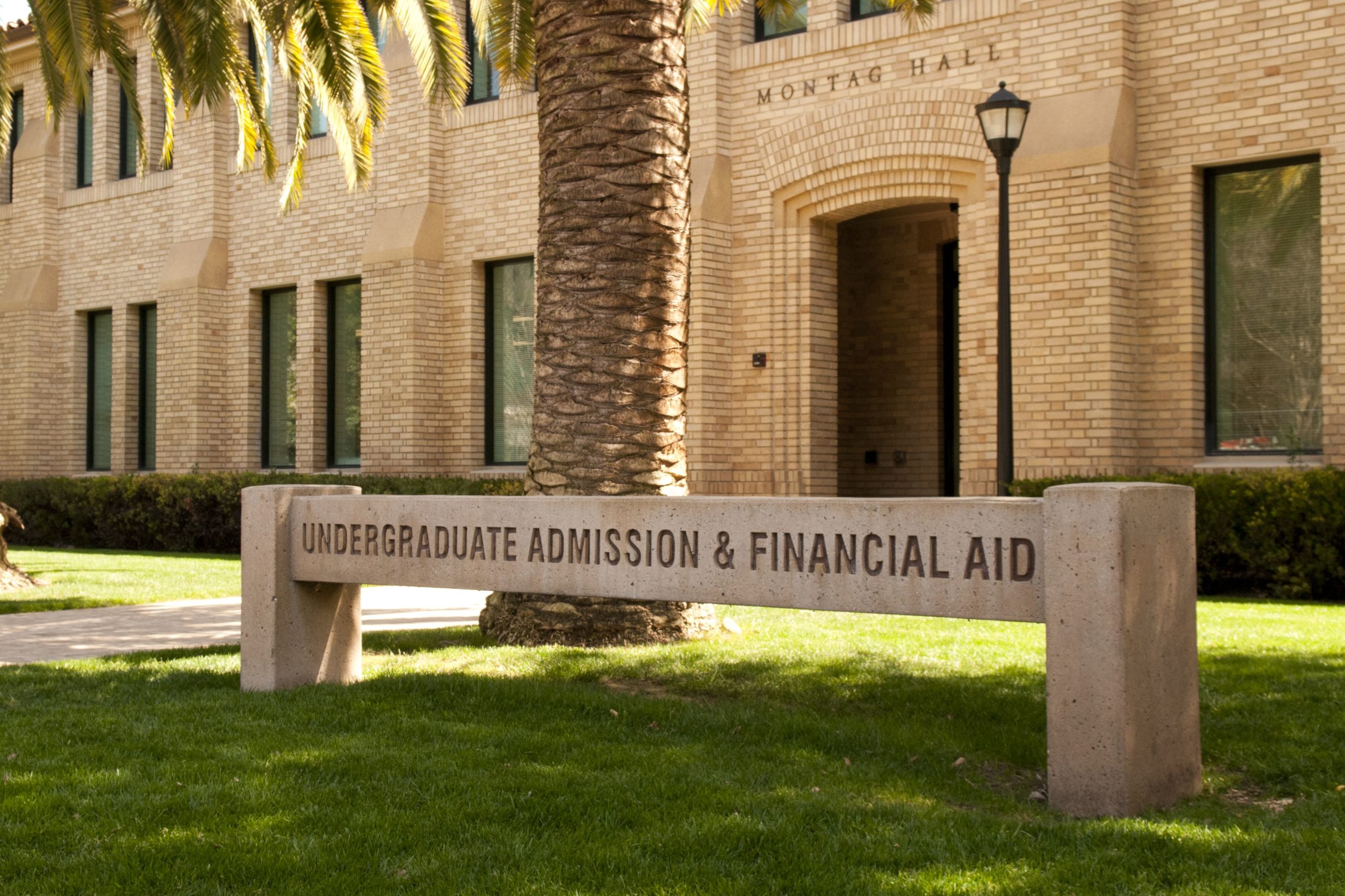Findings from a new social-mobility impact report show that Stanford and other highly selective universities are lagging on social-mobility indicators.
The Dec. 1 report from Education Reform Now (ERN), a progressive think tank that advocates for student and family interests, ranked the best “social mobility elevators” out of colleges and universities in the U.S. It took into account Pell Grant student graduation rates and the percentage of Pell Grant enrollment, among other factors at each school. Pell Grants are federal financial aid packages available for students with a median household income of less than $65,000.
Large public universities dominated the upper parts of the ranking, taking 90 of the top 100 schools with the best social-mobility impact. The majority of highly selective schools — defined as schools that admit less than 25% of applicants — fell into the bottom half, with Stanford ranking No. 216 on the list.
Report author and ERN senior policy analyst James Murphy said in an interview with The Daily that despite this finding, “places like Stanford are incredibly good at propelling students from the bottom of the income spectrum in America to the top. The problem is that not nearly enough low income students are getting that opportunity.”
According to the report, “A social mobility elevator, after all, only helps people who get in it.”
Because of the report’s consideration of access, affordability, completion and accountability, large public schools like the California State University system and the City University of New York (CUNY) system ranked very high in the report, according to Murphy. One reason schools in these systems did so well on the ranking is that they admit significantly more students total, creating more spaces for low-income and Pell Grant students.
While these schools have lower graduation rates than Stanford and other highly selective schools, “in any given year, a place like CUNY is graduating magnitudes more low income students than a place like Stanford,” said philosophy professor Jennifer Morton Ph.D. ’08, author of “Moving Up Without Losing Your Way,” who was not affiliated with the study. Morton previously worked at both CUNY and City College of New York.
A 2017 study by The Equality of Opportunity Project found that almost half of CUNY’s students come from households earning less than $20,000 in income. At the community colleges nearly 53% came from such households, while at the senior colleges, it was nearly 40%.
“It’s sort of like winning the lottery,” Morton said. However, she added that the few low-income students that make it to elite universities often feel a sense of isolation on campus, and struggle finding community on campus.
Thus, these elite universities must have resources and staff that know how to reach that student population, as well as working to “change the culture and the ethos on campus so that the students feel welcome and connected to the community,” Morton said.
The First Generation/Low Income (FLI) Office at Stanford serves as an institutional source of support, and works with First Generation/Low Income Partnership (FLIP), a student-based advocacy group and community for FLI students, according to FLIP Co-President Ayush Pandit ’22.
FLIP serves more than 300-400 students each year, holding events to not only connect students with institutional resources, but also to form, “a sense of community that can get them through tough times & feelings of imposter syndrome,” Pandit wrote in an email to The Daily.
The advocacy group has led several efforts to empower FLI students on campus, including attempting to reduce or eliminate course fees, increasing financial aid and support for students, and offering housing support for students displaced by COVID-19.
The Office of Undergraduate Admissions offers resources and information sessions for applicants, including a partnership with community centers on campus, to provide culturally inclusive and relevant information about Stanford, according to University spokesperson E.J. Miranda.
Murphy said that nevertheless there are several ways that Stanford could improve its social-mobility impact, such as admitting students “who look a lot more like America.”
Black and Hispanic students are proportionally underrepresented at highly selective universities, according to the U.S Department of Education. Murphy said that schools need to focus more on income and race when admitting students. Additionally, admitting more students through transfer policies would offer opportunity and mobility to students who took a non-traditional education path, according to Murphy.
Stanford currently takes a “holistic approach” to the admissions process, according to Miranda. “We are continuing to expand our efforts to attract and admit more economically diverse, high-achieving students if we wish to fulfill our potential as an engine of upward mobility,” Miranda wrote in an email to The Daily.
Murphy said that schools like Stanford simply need to enroll more students. “On a societal scale, you have to go big to have a big impact,” Murphy said. Stanford “is too small, they’re hoarding their opportunity.”
Morton added that, “even if Stanford were to admit many more low income students, it still would be a fraction of what we need.” Both the report and Morton concluded that the social-mobility impact conversation should instead be dominated by large public schools.
“Although we are making progress, there is much more to be done,” Miranda wrote. “We continue to look for methods to improve Stanford’s affordability and accessibility for undergraduates and graduate students.”
Contact Mimia Ousilas at mimiaousilas7 ‘at’ gmail.com.
